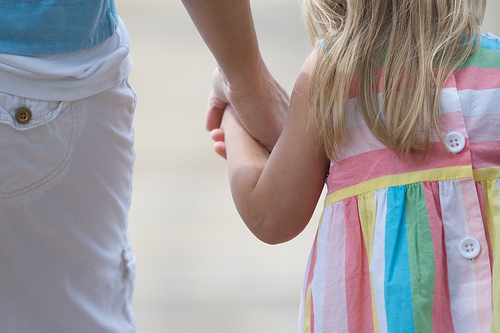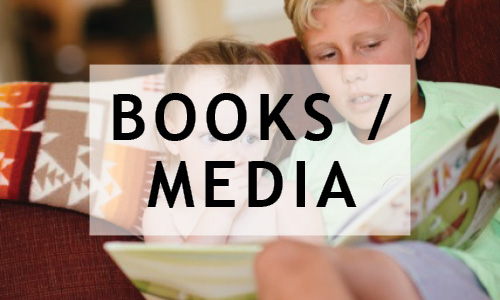 Since I am an itinerant speech therapist, one challenge in working with autistic kids, is inviting typical peers to the speech therapy session. Often, I start as their play partner, modeling, teaching and prompting appropriate social language as we play a game, use toy figures to create a story or read books. Older siblings can be a very effective play partner to raise the level of language and bring more depth to an activity but they aren’t always available, especially as school starts.
Since I am an itinerant speech therapist, one challenge in working with autistic kids, is inviting typical peers to the speech therapy session. Often, I start as their play partner, modeling, teaching and prompting appropriate social language as we play a game, use toy figures to create a story or read books. Older siblings can be a very effective play partner to raise the level of language and bring more depth to an activity but they aren’t always available, especially as school starts.
Last week I had two sessions with typical peers invited. One went particularly well because the little girl was strong in language. As I read our picture book and the little animals couldn’t get across the water, I said, “Let’s predict, how can they get across?” She immediately started to think of solutions, “Maybe they could get some sticks and build a bridge! Or they could get some wood and build a boat.” Then she looked at the picture and saw a leaf and predicted what happened in the story, “They could use the leaf to float across!” My little client with autism took it all in, listening to her proposed options. Then we played a board game and worked on taking turns, and using appropriate social language while playing. She added so much.
Other times, the “typical” peer can be more work than help in the session. I have had kids who are just interested in playing with the toys and not listening and contributing to the lesson. The other factor that can be difficult is getting parents of typical peers to agree to bring their child for the therapy session. Often the moms stay to see what we do and then feel comfortable dropping off their kids when they see that it is fun!



